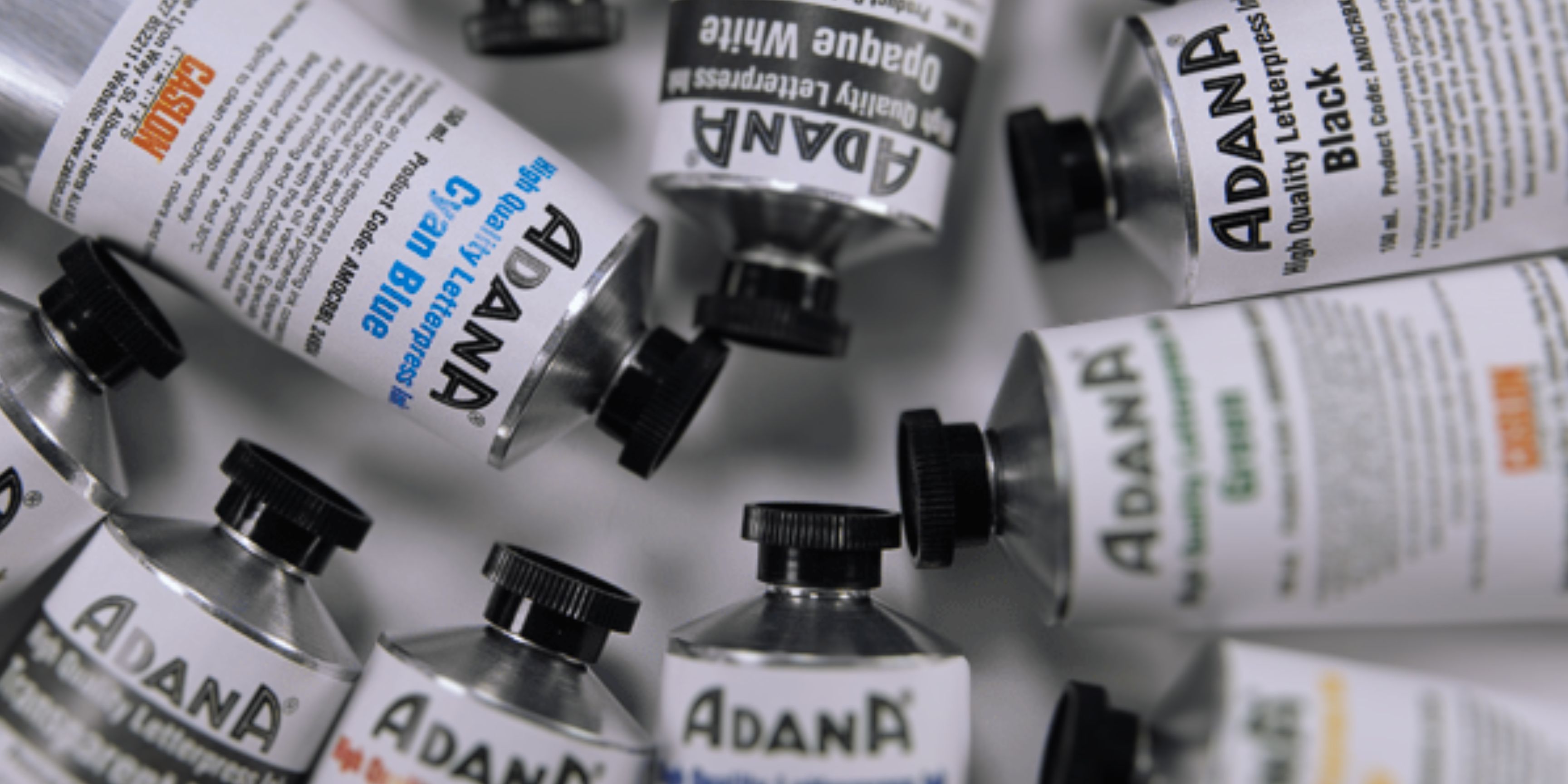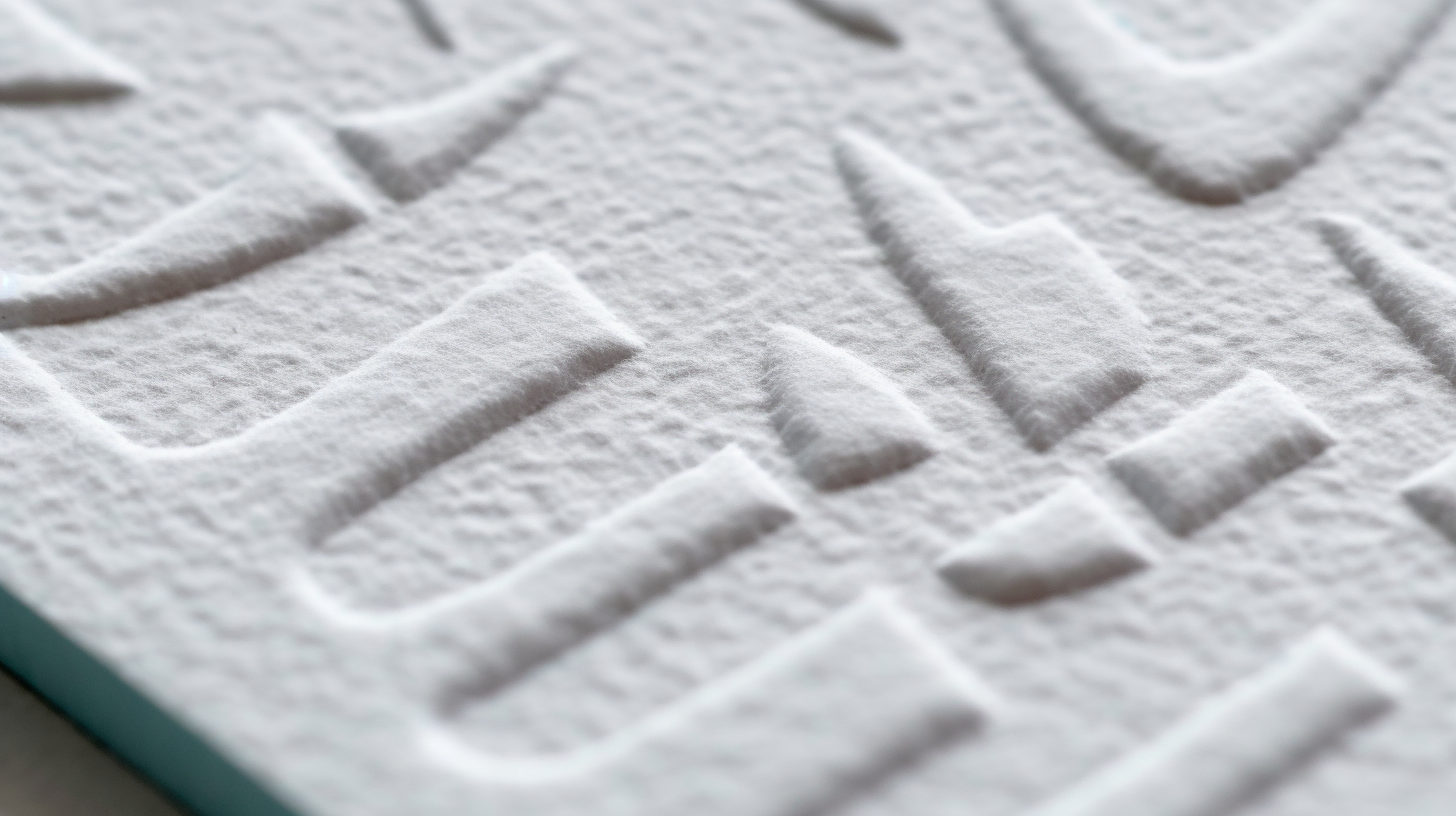Letterpress Ink: A Guide for DIYers

Table of Contents
Welcome to the captivating realm of letterpress printing, where ink meets paper in a symphony of colors and textures. In this guide, we'll dive into the enchanting world of letterpress ink, covering everything from its composition and where to buy it to eco-friendly options, color mixing techniques, and press cleaning tips. Whether you're a seasoned letterpress enthusiast or just beginning your journey, let's unlock the secrets of letterpress ink together!
What is Letterpress Ink?
Letterpress ink is the vibrant and versatile medium that brings life to your designs on the printing press. Composed of pigments, binders, and additives, it offers a wide range of colors, opacities, and finishes. While Mint Letterpress does not sell letterpress ink directly, we're here to guide you on your quest to find the perfect ink for your projects.
Where to Buy Letterpress Ink?
When it comes to purchasing letterpress ink, there are several reliable suppliers to explore. Online marketplaces and specialty print shops often carry a variety of ink brands, including popular choices like Van Son, Rubberbase, and Graphic Chemical & Ink. Additionally, local art supply stores may offer a selection of letterpress inks for your convenience.
Cost Considerations
The cost of letterpress ink can vary depending on factors such as brand, color range, and quantity. Prices typically range from $10 to $50 per tube or can. It's worth noting that a little ink goes a long way in letterpress printing, as the process requires only a thin, even layer of ink on the press.
Main Manufacturers of Letterpress Ink
Several trusted manufacturers supply letterpress ink to the printing community. Van Son, a renowned name in the industry, produces high-quality inks that deliver vibrant and consistent results. Other prominent manufacturers include Rubberbase and Graphic Chemical & Ink, known for their comprehensive range of letterpress supplies.
Eco-Friendly Options
For those seeking environmentally friendly alternatives, water-based and soy-based inks offer sustainable options for letterpress printing. These inks have reduced VOC emissions and are easier to clean up, making them a greener choice. Eco-friendly inks can be found from various manufacturers, ensuring that you can create beautiful prints while minimizing your environmental impact.
Mixing Letterpress Ink Colors
Mixing ink colors is an art form that allows you to create custom shades and achieve the desired visual impact. Start with a palette of primary colors and experiment with different proportions to create secondary and tertiary colors. Remember to mix small quantities to maintain color consistency throughout your print run.
Cleaning Your Press After Inking
Proper press maintenance is essential for preserving the longevity and performance of your letterpress equipment. After each inking session, clean your press using a gentle solvent or ink wash, following the manufacturer's recommendations. Thoroughly removing the ink residue ensures optimal printing results and prevents color contamination in future print jobs.
How to Choose the Right Letterpress Ink?
When it comes to letterpress printing, selecting the right ink is crucial to achieve stunning results. Here are some key factors to consider when choosing your letterpress ink:
The Pantone Matching System for Specifying Ink Color
Before ordering ink, it's essential to know how the color will appear when printed. The Pantone Matching System provides a standardized color identification system, ensuring accurate color representation for your designs. Make use of Pantone Formula Guides, organized by the type of ink, to guide you in selecting the perfect shades for your projects.
Inks are Not (Usually) Opaque
Translucency is a common characteristic of letterpress inks. Unless explicitly labeled as "black," "opaque white," or "metallic," assume your ink is translucent. This quality allows for overprinting, where one color is printed over another, creating unique and blended hues. Keep in mind that larger inked areas may exhibit a slight show-through of the paper, adding a subtle charm to your prints.
Rubber-base Ink versus Oil-base Ink
Understanding the differences between rubber-based and oil-based inks will help you make an informed decision:
Rubber-based Ink
Rubber-based inks consist of a combination of components, including vegetable oil, petroleum, pigment, and synthetic resins. Here are the pros and cons:
- Pros: Rubber-based ink is a versatile option, delivering strong and vibrant colors with a desirable matte finish. It has a slow drying time, allowing you to leave it on the press for extended periods. It is ideal for matte papers and provides consistent results.
- Cons: Rubber-based ink may not be suitable for metallic or coated papers as it takes longer to dry. Large solids with heavy ink coverage may require an extended drying period. Overprinting with rubber-based inks can lead to slow drying times. Additionally, the colors may not be as bright as other oil-based inks.
- Notes: Avoid mixing rubber-based inks with oil-based inks, except for metallic inks, which are typically oil-based.
Oil-based Ink
Oil-based inks comprise vegetable oil, petroleum, synthetic resin, pigment, and a small percentage of dryer. Consider the following pros and cons:
- Pros: Oil-based ink provides a glossy finish and sets quickly, making it suitable for coated papers. Basic colors can be mixed with metallics, broadening your range of ink options. Oil-based inks are compatible with ink additives like high gloss or varnishes, allowing for enhanced effects. The colors are generally brighter than those achieved with rubber-based inks.
- Cons: Leaving oil-based ink on the press for an extended period can result in challenging cleaning procedures. It has a tendency to skin in the can, but you can prevent this by using Van Son anti-skinning spray or wax paper. Metallic inks, although oil-based, may lose their shine on uncoated papers.
At Mint Letterpress, while we don't sell letterpress ink directly, we believe that understanding the nuances of ink selection is crucial for every DIY letterpress enthusiast. Consider the unique properties of rubber-based and oil-based inks to find the perfect fit for your specific printing needs.
Happy printing!


